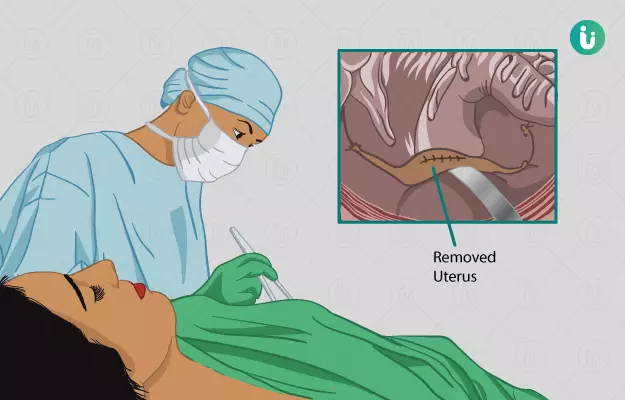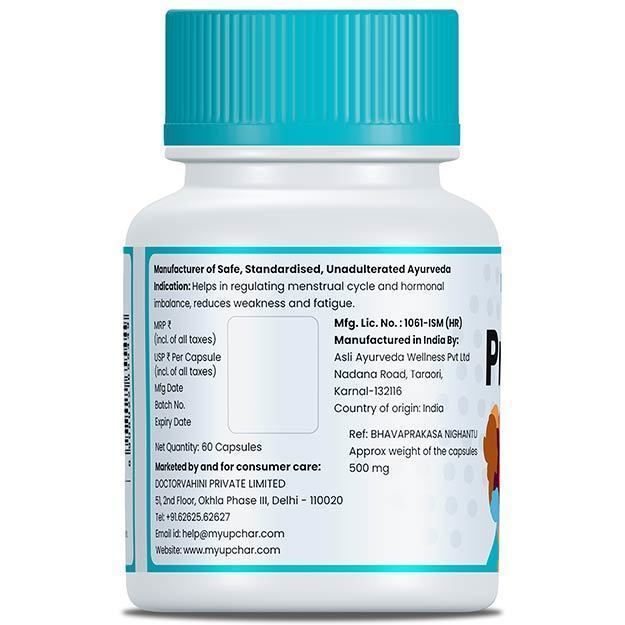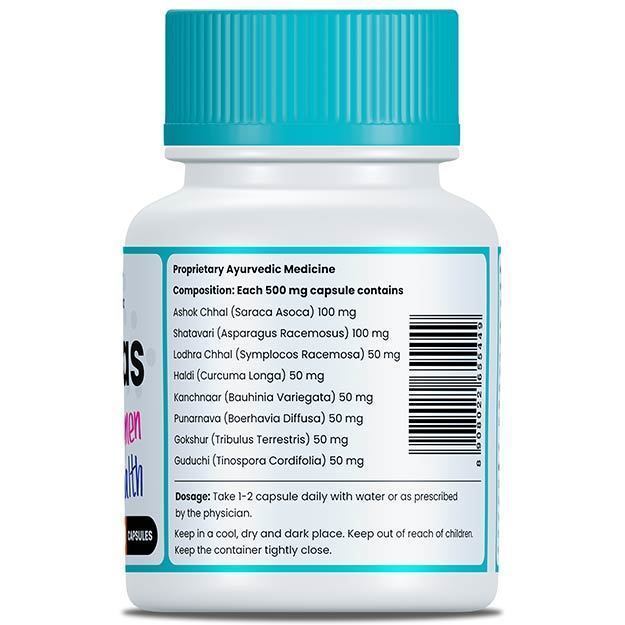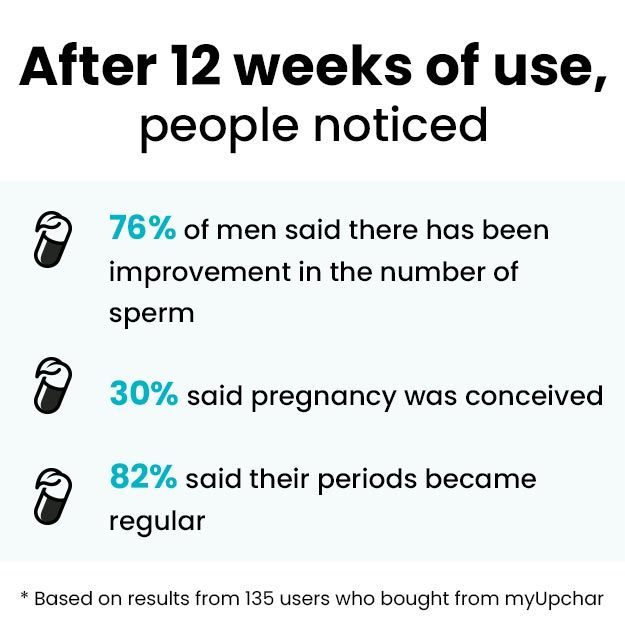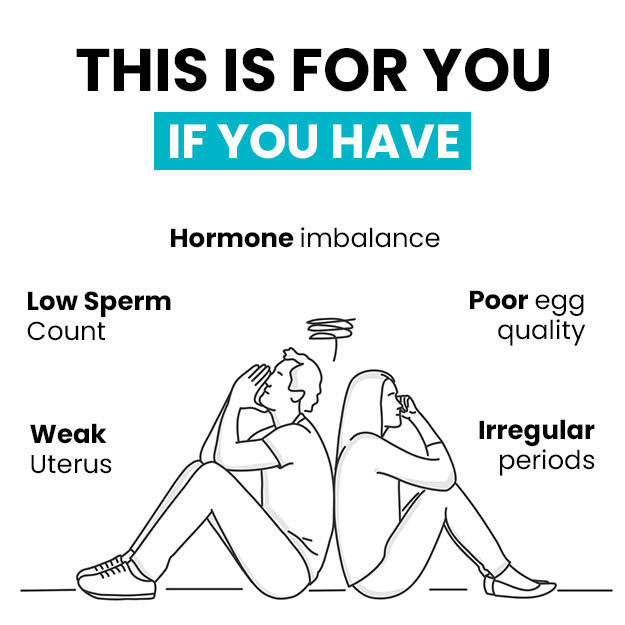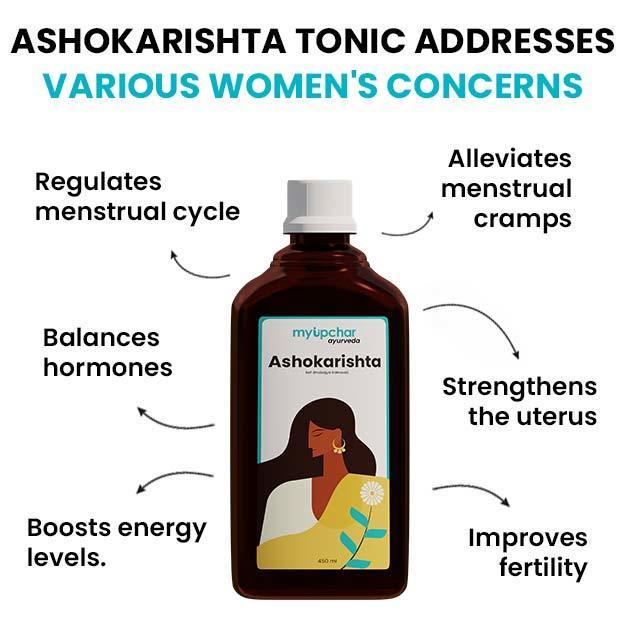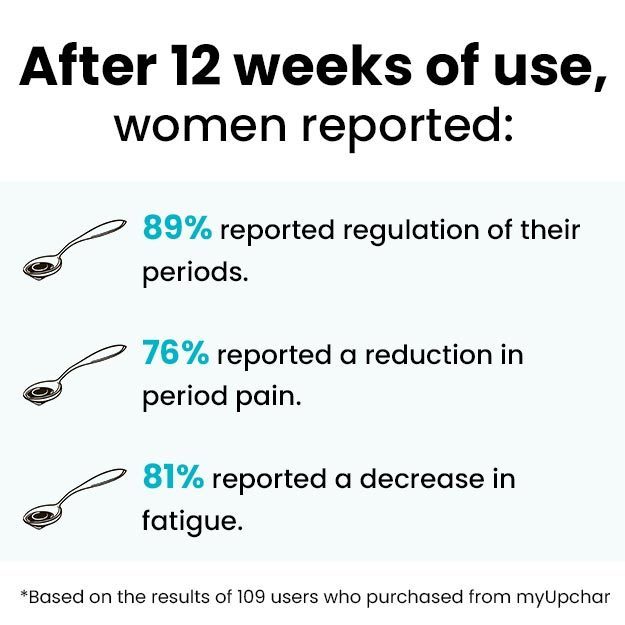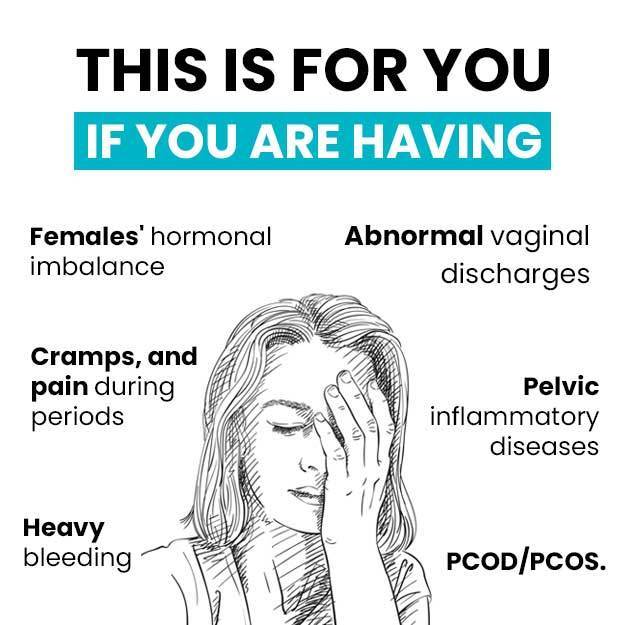The womb is considered one of the main reproductive organs in a woman's body. There are so many reasons to why it can get damaged. There are different methods of treatment by which the damaged uterus can be repaired but sometimes these methods don't work. The surgical removal of the womb is then considered to be the last option when no other treatment option is working. The following are a few reasons why hysterectomy is needed:
Fibroids
It is the increased growth of the muscles inside the walls of the womb. The growth may extend outside or inside leading to a change in the shape of the womb. A fibroid can be as small as the size of a pea or can be larger in size. These are not something that is known to cause cancer. There are medicines for its treatment but sometimes when the growth is large, it needs to be removed surgically. It can lead to heavy period bleeding, stomach pain, difficulty during pregnancy and may even lead to never being able to give birth again.
Prolapse of the womb
The womb stays in its position in a woman's body due to the strong muscles and ligaments that attach it to the abdominal wall. Sometimes, due to various reasons, such as getting pregnant a number of times without giving space between each pregnancy, getting abortions frequently and problems with periods can have a negative impact on the muscles and ligaments of the womb. This can lead to a change in position of the womb and cause it to fall into the vagina. There are different surgical procedures to get the womb back to its original position but if these fail then it has to be removed.
Cancer of the womb/uterus
The cancer of the womb can either start in the uterus or may be transferred from any other cancerous organs in the woman's body, such as the fallopian tubes, cervix, and vagina. This is a severe condition. If cancer fails to heal by medication and other techniques then surgical removal of the womb is done.
Endometriosis
The cells which are found in the lining of the womb are not found anywhere else in the body. In endometriosis, this cell lining grows outside the womb and starts collecting on its adjacent organs, such as the fallopian tubes, ovaries and inner lining of the abdomen. These cells grow, and under the influence of female sex hormones, they break off and bleed from the adjacent organs just like how it bleeds after the lining break in the womb. After the medical as well as surgical treatment for endometriosis, there can be heavy blood loss during periods, pain as well as twitch in the womb. The last option left in such cases is the surgical removal of the womb.
Adenomyosis
In this condition, there is increased growth of the cells lining the womb, which makes the lining thicker leading to increased blood loss during periods, swelling in the stomach, and pain and twitching in the uterus. If it can't be cured with other medical treatments then surgical removal of the womb is considered.
The surgery should be done only in those women who are not going to give birth or don't want to give birth because, after the surgery, a woman cannot get pregnant.

